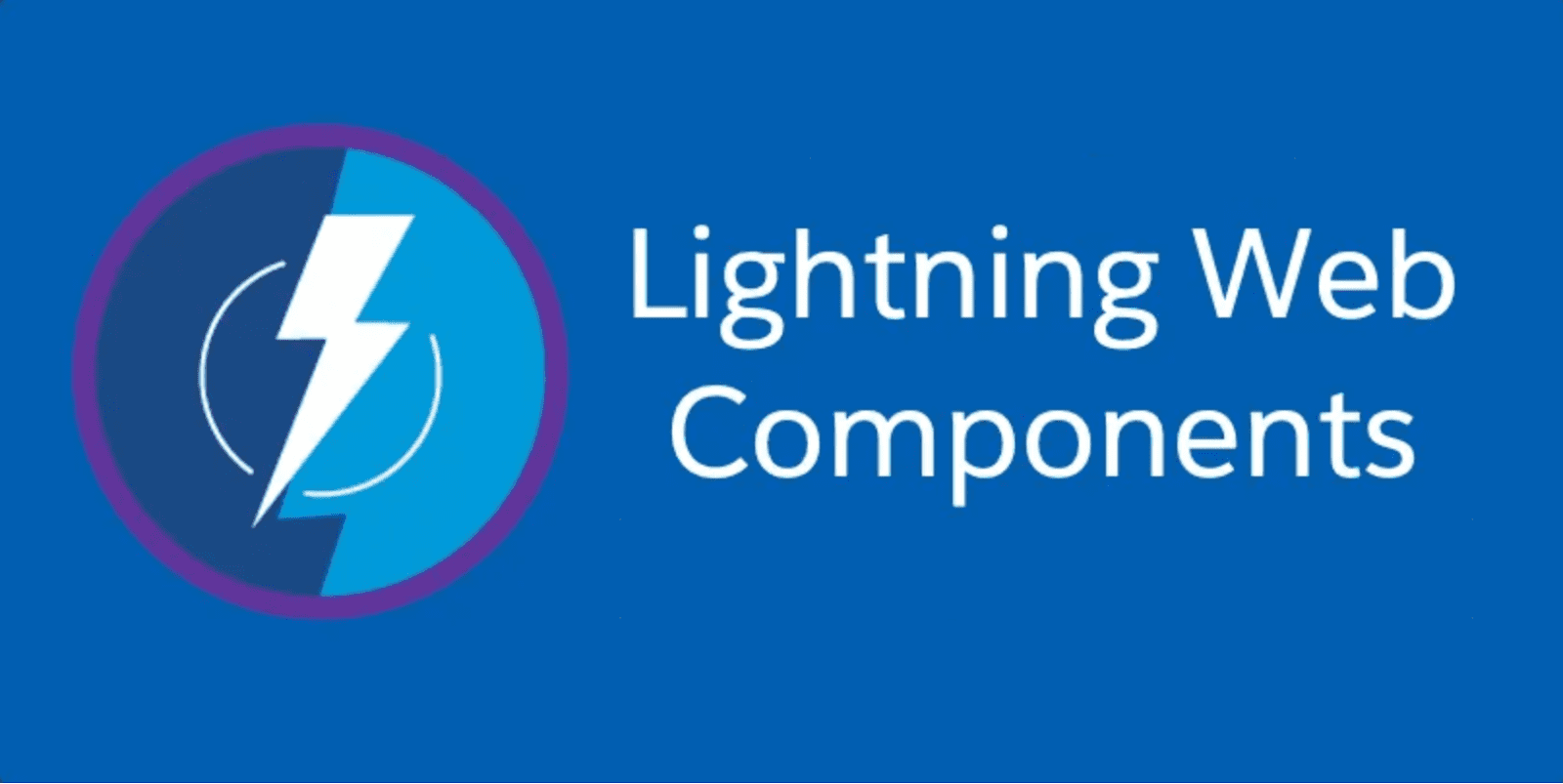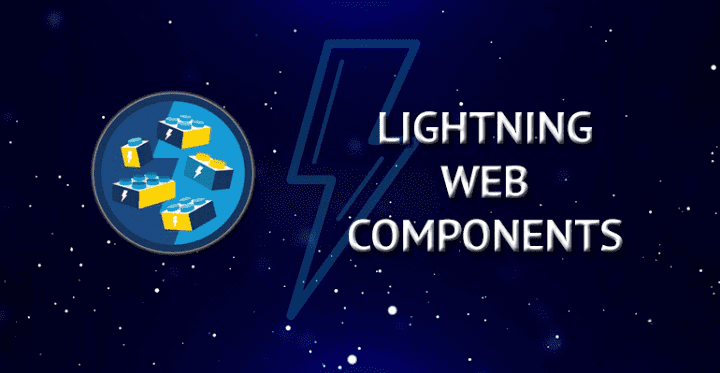

Introduction:
Lightning Web Components (LWC) have revolutionized web development on the Salesforce platform. With their robustness, efficiency, and customizability, LWCs have transformed the development process. They offer improved performance, productivity, and seamless integration with Salesforce features. Leveraging modern web standards and a component-based architecture, LWCs enable developers to build reusable and modular code, resulting in faster development cycles and easier maintenance. Compared to the Aura framework, LWCs are lightweight and efficient, optimizing resource usage and enhancing the user experience. With a wide range of development tools and resources available, Lightning Web Components empower developers to create innovative solutions for their Salesforce projects, driving success and innovation.
1. Advantages of Using Lightning Web Components:
1. Unparalleled Performance and Efficiency: Lightning Web Components (LWC) offer lightning-fast load times and superior application performance. Their lightweight nature and optimized rendering ensure efficient and responsive web applications.
2. Amplify Developer Productivity: LWC’s modular code architecture and reusable components streamline development processes, promoting collaboration and boosting productivity. Developers can leverage pre-built components and easily integrate them into their projects.
3. Elevate User Experience: LWC enables the creation of highly interactive and user-friendly interfaces. With reactive data-binding and seamless integration with Salesforce APIs, developers can deliver dynamic and engaging user experiences.
4. Fortify Security Measures: LWC enforces robust security features to protect applications against vulnerabilities such as cross-site scripting (XSS) attacks. Developers can build applications with confidence, knowing that security is a top priority.
By leveraging the advantages of Lightning Web Components, developers can create high-performing, productive, user-centric, and secure web applications on the Salesforce platform.
2. The Significance of Lightning Web Component (LWC)
1. Future-Proofing: LWC is built on web standards, ensuring compatibility with modern web frameworks. This future-proofs your applications, allowing seamless integration with future technologies.
2. Salesforce Integration: LWC seamlessly integrates with Salesforce, providing access to features like data access, workflow automation, and customization. This enables developers to create tailored applications that cater to the specific needs of Salesforce users.
3. Performance and Scalability: LWC emphasizes performance and scalability. Its efficient rendering and smaller footprint contribute to improved application performance, while its scalability ensures optimal performance even in complex enterprise environments.
3. Web Stack Transformation: Unveiling the Power of Lightning Web Component (LWC)
1. Component-Based Architecture: LWC embraces a component-based approach, enabling the creation of modular and reusable components. This architecture enhances code maintainability, scalability, and ease of updates.
2. Web Components Standard: LWC leverages the Web Components standard, ensuring compatibility across different frameworks. Developers can seamlessly share code between projects, promoting code reusability and speeding up development processes.
3. Modern JavaScript Frameworks: LWC is built on modern JavaScript frameworks like ECMAScript 6 (ES6), providing access to the latest language features and performance optimizations. By utilizing these frameworks and the capabilities of modern browsers, developers can enhance productivity and efficiency.
4. Aura vs. LWC
1. Superior Performance and Efficiency : LWC surpasses Aura in terms of performance and load times. This is achieved through optimized rendering and a smaller footprint.
2. Embrace Industry Standardization : LWC adheres to modern web standards and the Web Components standard. This alignment with industry best practices ensures future-proof applications.
3. Streamlined Learning Curve : LWC offers a simplified syntax and structure. Developers find it easier to learn and adapt compared to the more complex Aura framework.
5. Introduction to Lightning Web Components
Lightning Web Components (LWC) offer developers the potential to build next-generation applications with ease. This introduction unveils LWC’s core concepts, architecture, and essential features that empower developers to harness its capabilities fully. Furthermore, we explore the seamless development process of LWC, which includes step-by-step instructions for setting up the development environment, creating components, handling events, and accessing data. By understanding LWC’s potential and following the provided development process, developers can leverage its power to create innovative and efficient applications.
6. Development Tools to Build Lightning Components:
Salesforce CLI: Discover the power of Salesforce Command Line Interface (CLI) as a versatile toolset for seamless LWC development and deployment.
VS Code Extensions: Highlight the available VS Code extensions for Salesforce development, such as the Salesforce Extension Pack and the Salesforce Lightning Web Components extension.
7. Lightning Web Components vs. Lightning Components:
1. Architecture:
– Lightning Components: Built on the Aura framework using Aura Markup Language (AML).
– Lightning Web Components: Built on modern web standards using JavaScript and HTML.
2. Performance and Size:
– Lightning Components: Larger overhead and potentially slower.
– Lightning Web Components: Smaller footprint and better performance.
3. Developer Experience:
– Lightning Components: Declarative programming with a focus on markup and configuration.
– Lightning Web Components: Modern JavaScript development with code reuse and component composition.
4. Compatibility:
– Lightning Components: Work in both Salesforce Classic and Lightning Experience.
– Lightning Web Components: Primarily for Lightning Experience, but can be used in communities and Salesforce Mobile App.
Lightning Web Components offer better performance and a modern development experience. They are recommended for new components, while Lightning Components are still used for compatibility and existing projects.
Conclusion:
Lightning Web Components (LWC) have transformed web development on Salesforce, offering superior performance, productivity, and user experience. LWCs utilize modern web standards, modular code architecture, and component-based approach to enable fast development cycles, easy maintenance, and seamless Salesforce integration. They outperform the older Aura framework, provide a streamlined learning curve, and future-proof applications. With development tools and resources available, developers can harness the power of LWCs to create innovative and efficient applications on Salesforce.

Comments are closed.